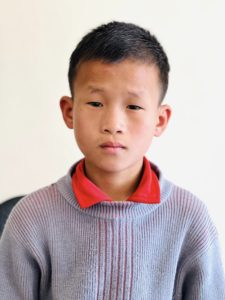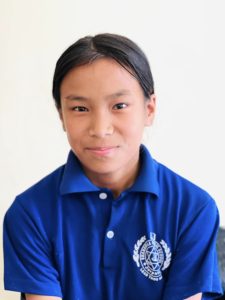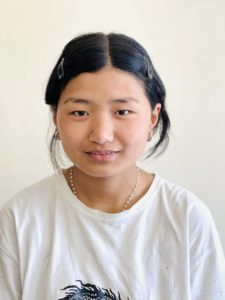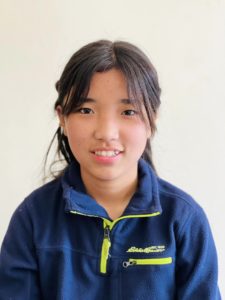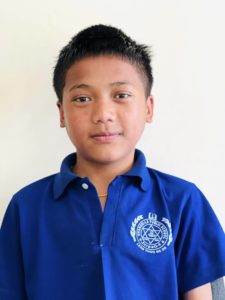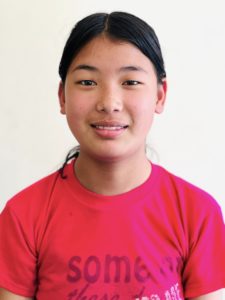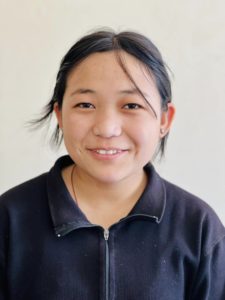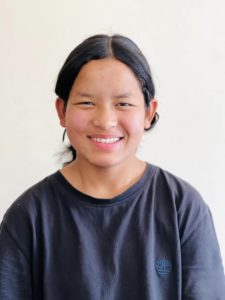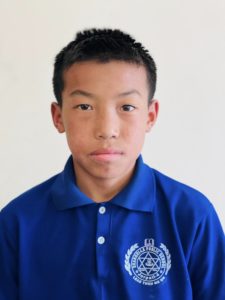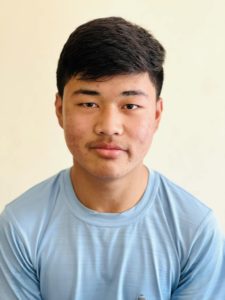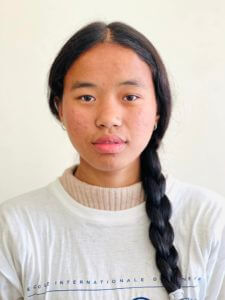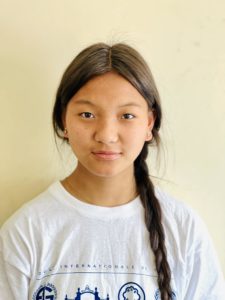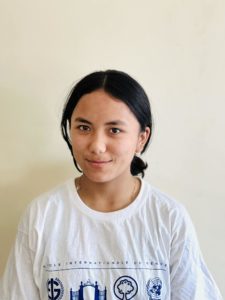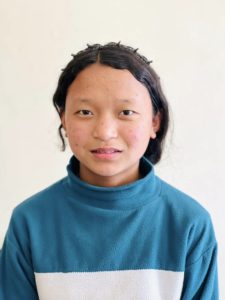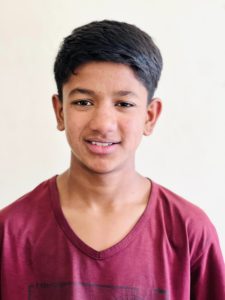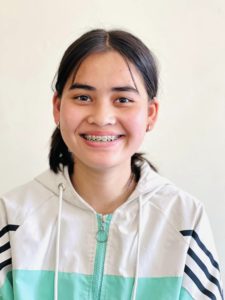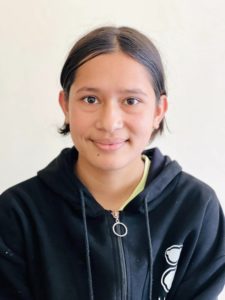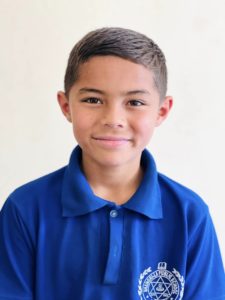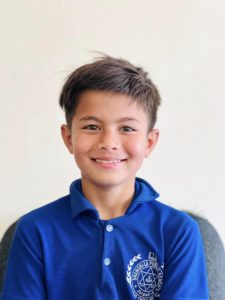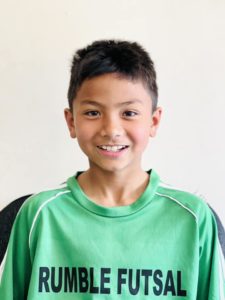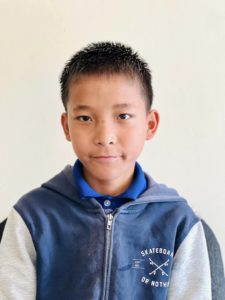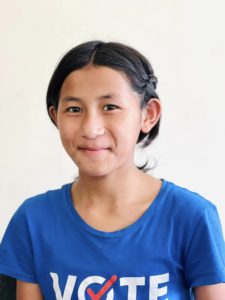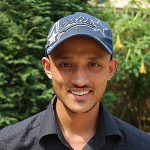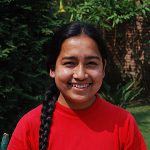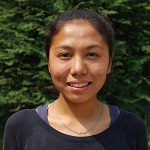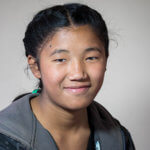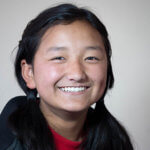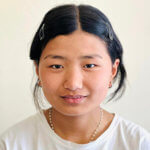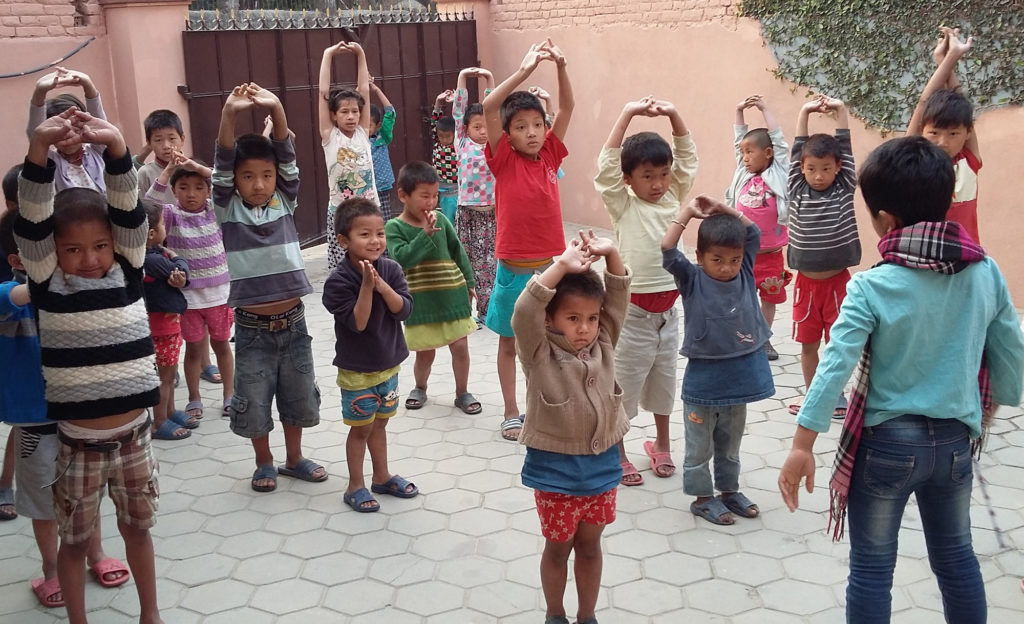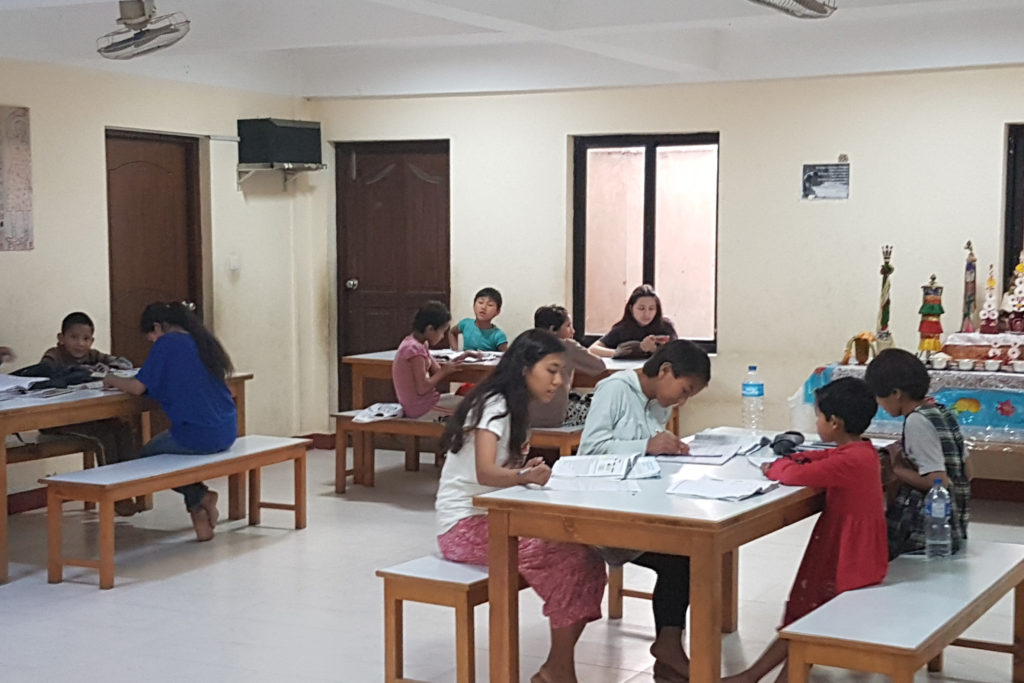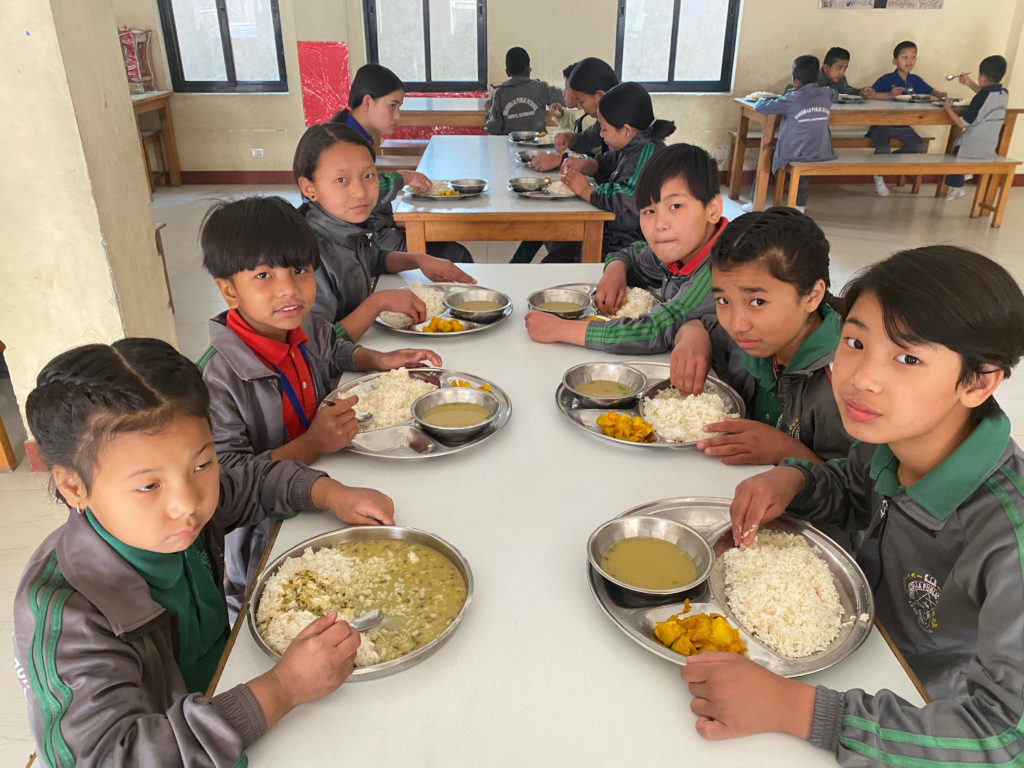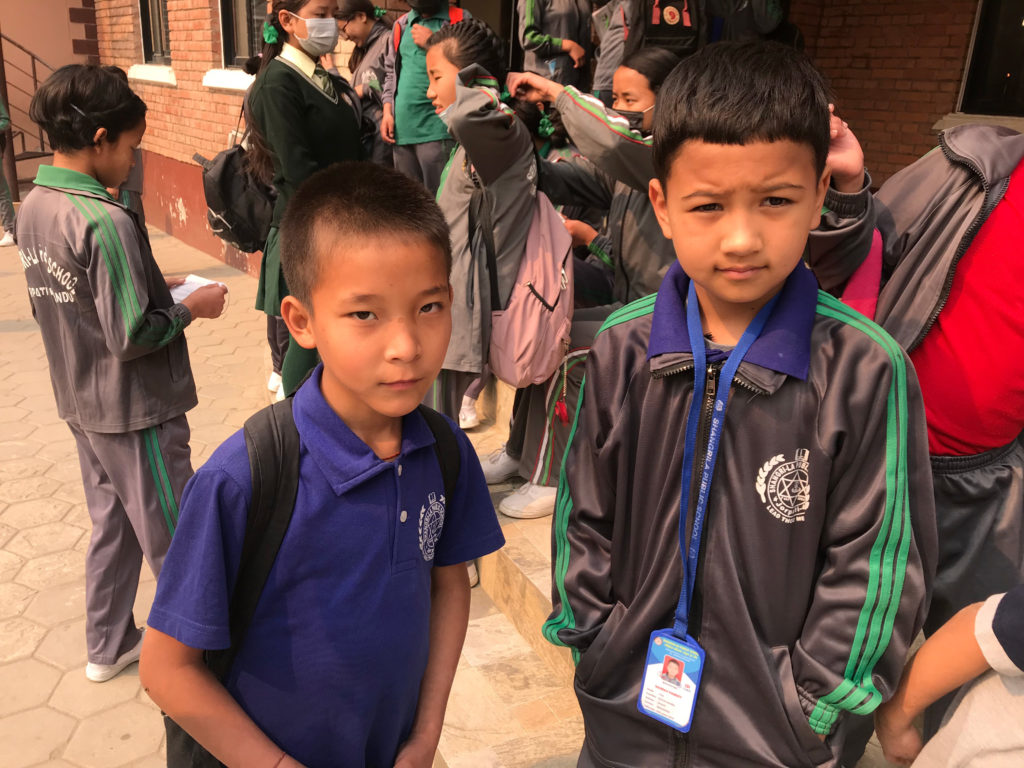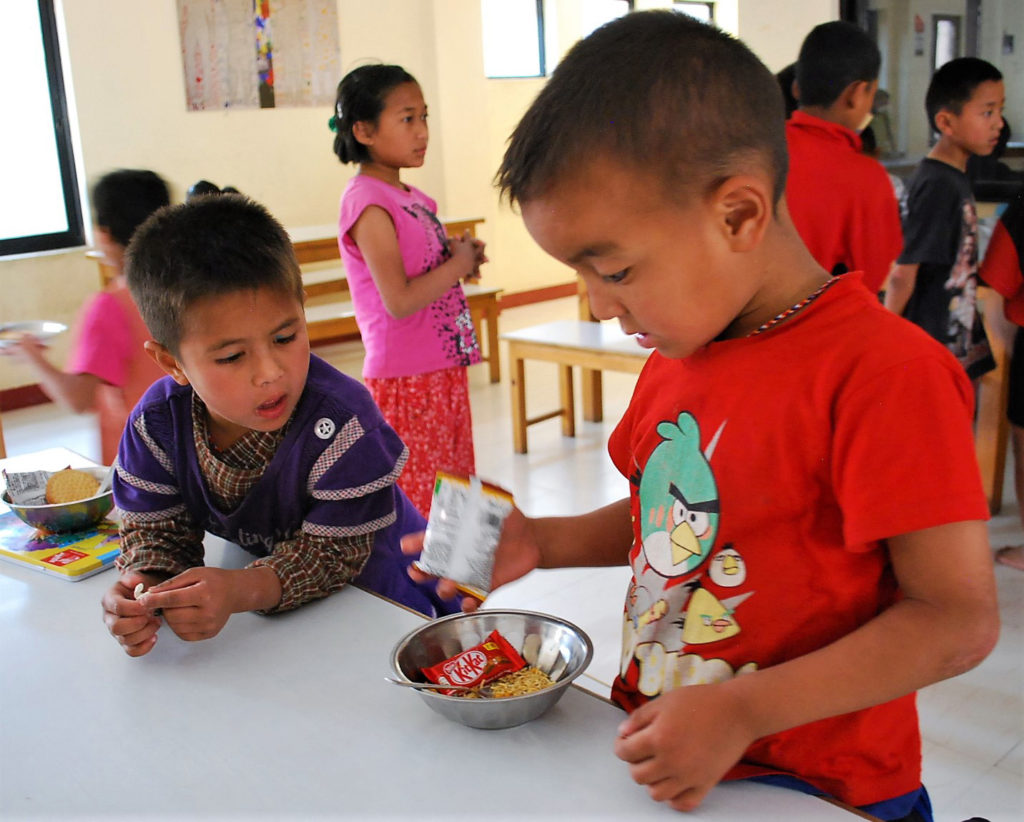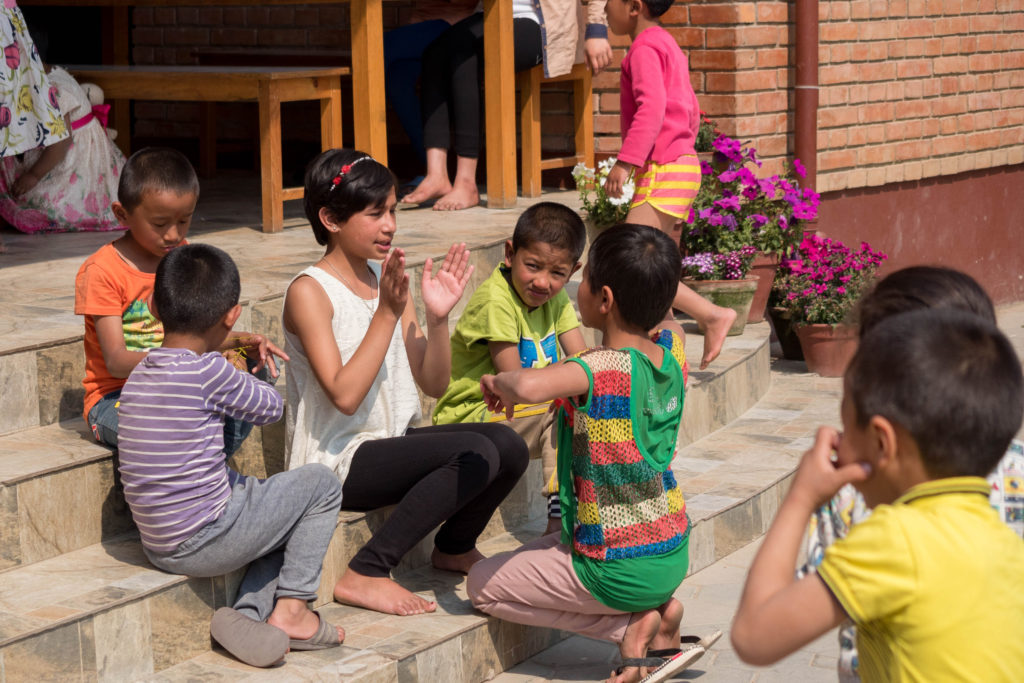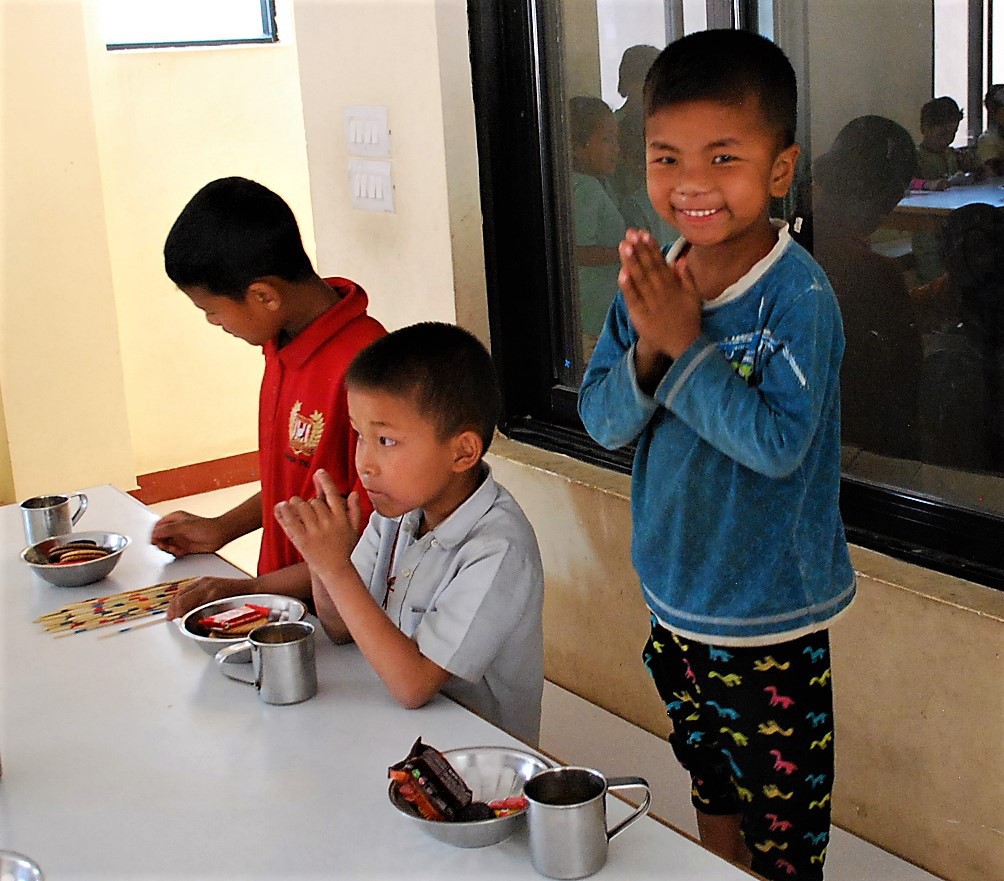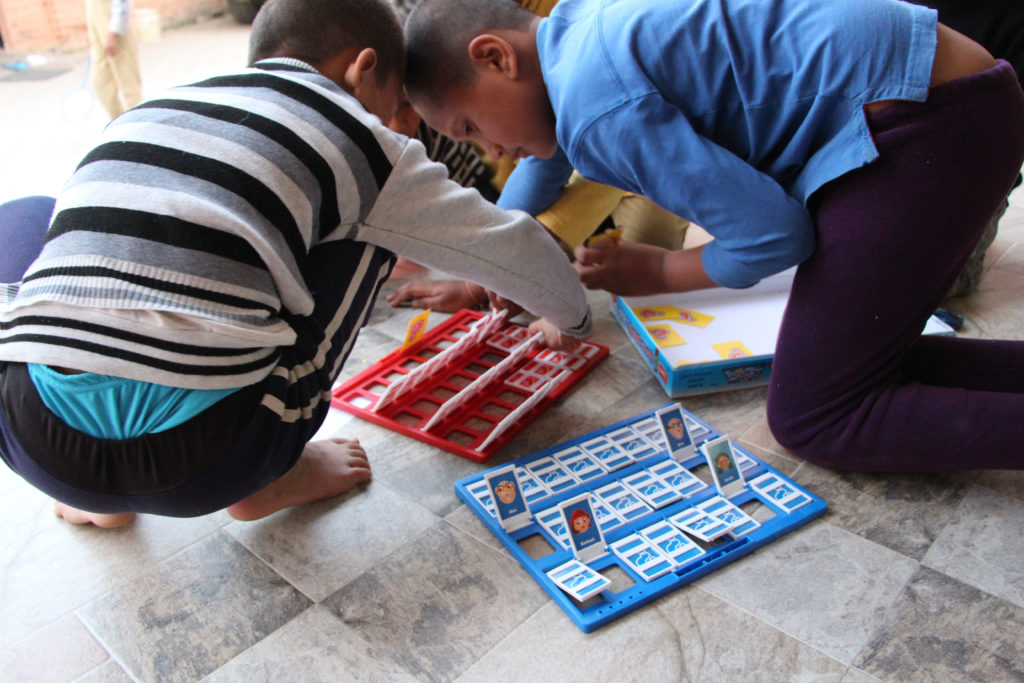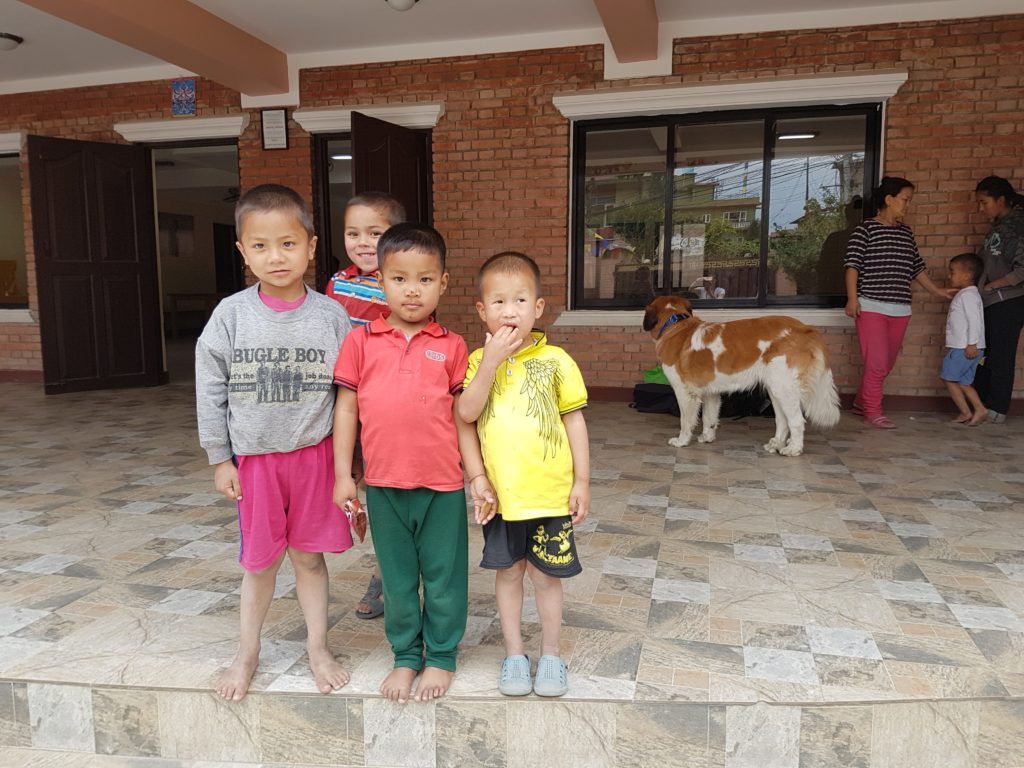
Sagarmatha home
Sagarmatha home (Sagarmatha Asahya Sewa Sangh / SASS) opened on 31 November 2002 in the northeast of Kathmandu at an altitude of 1100m.
Sagarmatha home
Sagarmatha home (Sagarmatha Asahya Sewa Sangh / SASS) opened on 31 November 2002 in the northeast of Kathmandu at an altitude of 1100m.
It is supervised by a local NGO and under the responsibility of local staff.
This home currently welcomes almost 35 children and youngsters. The children generally arrive at the center at the age of 5 or 6. They leave the center at the end of their schooling (16 years old).
SASS takes in children with a difficult past; they have either lost their mother or father, or come from large families living in poverty. The center provides them with a stable life and family environment, as well as a complete education.
To the children, this home is much more of a family than an accommodation center, and they consider Phinzo and his wife Beena as their adoptive parents.
SASS is a local NGO, under the supervision of the Ministry of Social Affairs of Nepal.
Would you like to discover the life of the centre? Watch this film : https://youtu.be/mlJ_DAs3iS
How the center is run
Daily life at the center focuses on two main aspects, family life and education.
Family life
The main objective of this home is to take care of the children’s essential needs, that is, to provide food and accommodation, as well as regular medical check-ups (many of the children suffered from various infections when they arrived). It also provides a family environment — the children live with the adults that make up the team, and so Beena and Phinzo, who run the place, are considered mother and father by the children. Their son, is the administration and finances manager. The support team includes other employees: cook, assistant cook, nanny for younger children, accountant.
Education
The other objective is to provide children with a full education. In Nepal, classes range from 1 to 10: in particular, there are two classes for pre-school children. Once they have completed their schooling, we offer young people the opportunity to continue their education at college (2 years) or to take a practical training course.
Since 2023, thanks to the IFPD Foundation, we have been offering young people training in hotel and restaurant.
How the center is run
Daily life at the center focuses on two main aspects, family life and education.
Family life
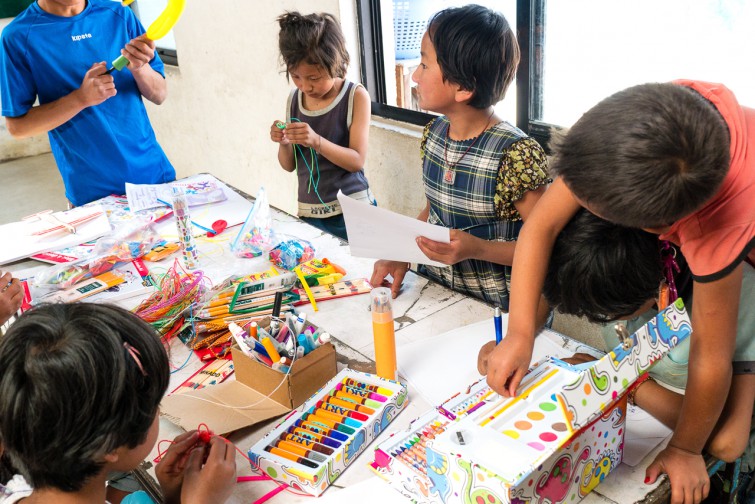
The main objective of this home is to take care of the children’s essential needs, that is, to provide food and accommodation, as well as regular medical check-ups (many of the children suffered from various infections when they arrived). It also provides a family environment — the children live with the adults that make up the team, and so Beena and Phinzo, who run the place, are considered mother and father by the children. Their son, is the administration and finances manager. The support team includes other employees : cook, assistant cook, nanny for younger children, accountant.
Education

The other objective is to provide children with a full education. In Nepal, classes range from 1 to 10: in particular, there are two classes for pre-school children. Once they have completed their schooling, we offer young people the opportunity to continue their education at college (2 years) or to take a practical training course.
Since 2023, thanks to the IFPD Foundation, we have been offering young people training in hotel and restaurant.
voyages sur place pour les élèves du campus de la Châtaigneraie. J’ai ensuite décidé de mettre en place une structure associative caritative en Suisse pour soutenir ce projet.
C’est une aventure incroyable de partage et d’humanité. De plus, la solidarité d’amis et de sponsors sont une source constante de réflexion sur notre monde et motive notre action concrète au Népal.
The children and teenagers of Sagarmatha
Who are they ?
The children who come to stay at the Sagarmatha home come from various regions, casts, and religious and ethnic communities in Nepal. What they have in common is a difficult childhood until they were lucky enough to come and live at the center. These children are all with us at the request of their remaining parent or family.
The center is currently home to close to 35 children and teenagers from 8 to 16 years old, and who all attend the local school nearby.
After completing school, some young people choose to return to their families while pursuing studies or vocational training. Here are photos of the latest students for whom we have funded training.
A day at Sagarmatha home
4 PM:
After school, it’s time to go back to the center. The children head home between 16h and 17h, except Friday when classes end earlier to leave time for the weekly hair washing sessions. Back at the center, the children change out of their uniform and play in the yard. But before long, the tutor is back to revise lessons for an hour in the dining hall.
FAQ
- The managers of the home
Sagun (Babu) Sherpa is the administration and finances manager. His parents – Phinzo and Beena Sherpa – help him to run the center since it was created in 2002.
- Financial support
Both centres are fully funded by two associations:
- Sagarmatha Swiss Organisation
- Association Sagarmatha France
The amount of their contributions is indicated each year in our annual report.
- For more information
Visit the websites of the two centres :
SASS https://www.sassnepal.org.np/
Punarbal Plus https://www.punarbalplus.org.np/



